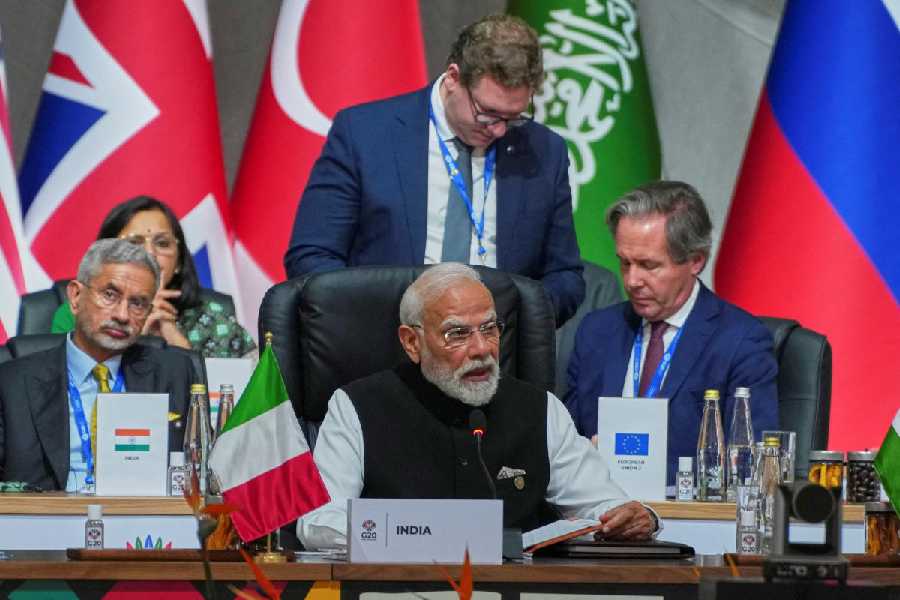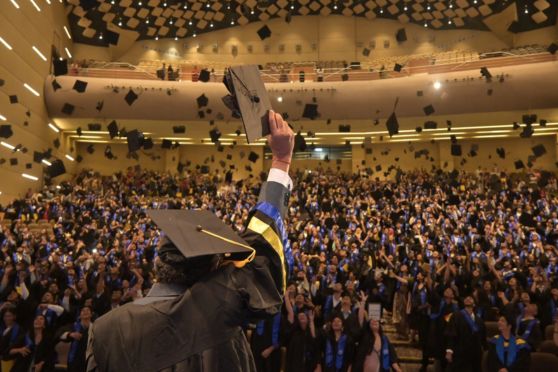 Sunday, 23 November 2025
Sunday, 23 November 2025
 Sunday, 23 November 2025
Sunday, 23 November 2025
From Geneva in 1955 to Anchorage in 2025, Washington and Moscow summits have been less about friendship than about building guardrails.
They recur when the risk of miscalculation rises, when arsenals have to be capped, or when leaders need to test one another face-to-face.
The pattern is consistent: meet, manage the danger and leave enough trust and verification for the next round.
President Dwight Eisenhower
The first summit began at Geneva in July 1955, when President Dwight Eisenhower met Soviet leaders in the first post-Stalin summit. It produced no treaty but did reopen channels and floated ideas such as “Open Skies,” the notion of mutual aerial inspection.
Nikita Khrushchev
Four years later, Nikita Khrushchev’s trip to the United States culminated in the 1959 Camp David talks, which briefly thawed relations in what became known as the “spirit of Camp David.”
John F. Kennedy
The relaxation proved fragile. John F. Kennedy’s 1961 Vienna encounter with Khrushchev sharpened arguments over Berlin and set a harsher tone for the early 1960s.
Yet the most enduring product of that era came after the Cuban Missile Crisis—Washington and Moscow installed a direct hotline in 1963 so that the next crisis could be contained before it spiralled.
Richard Nixon and Leonid Brezhnev
With the nuclear dangers still fresh, summits began to deliver hard limits. Richard Nixon and Leonid Brezhnev used the 1972 Moscow summit to sign the Anti-Ballistic Missile (ABM) Treaty and an interim Strategic Arms Limitation (SALT I) agreement, the first formal caps on parts of the superpowers’ arsenals.
Jimmy Carter
Jimmy Carter and Brezhnev later signed SALT II in Vienna in 1979, though it was never ratified after the Soviet invasion of Afghanistan.
Ronald Reagan and Mikhail Gorbachev
The late-Cold-War burst of summitry then reset the trajectory. Ronald Reagan and Mikhail Gorbachev’s meetings at Geneva (1985) and Reykjavík (1986) nearly leapt toward radical cuts, and the 1987 Washington summit produced the INF Treaty eliminating an entire class of ground-launched missiles.
George H. W. Bush
George H. W. Bush and Gorbachev met at Malta in 1989 to mark an end to Cold War confrontation and followed with conventional and strategic cuts that carried into the 1990s.
Bush and Yeltsin
After the USSR’s collapse, the fledgling Russian Federation sought to lock in a different relationship. In January–February 1992, Boris Yeltsin’s first U.S. visit spanned New York and Camp David; Bush and Yeltsin declared the Cold War over.
Bill Clinton and Yeltsin
The momentum continued with Bill Clinton and Yeltsin: START II was signed in Moscow in January 1993, and the 1997 Helsinki meeting laid guidelines for further cuts and stressed preserving the ABM framework.
Cooperation deepened even as arguments over NATO enlargement and the Balkans intruded.
Bush and Putin
The 2000s mixed personal diplomacy with new constraints. George W. Bush met Vladimir Putin repeatedly, from Ljubljana in 2001 to Bratislava in 2005. The signature outcome was the 2002 Moscow Treaty (SORT), which capped each side’s deployed strategic warheads at 1,700–2,200.
Barack Obama and Dmitry Medvedev
In the 2010s, summitry grew sparse but still mattered. Barack Obama and Dmitry Medvedev signed New START in Prague in 2010, driving deployed strategic warheads down to 1,550 and restoring rigorous inspections.
Trump-Putin 2018
Donald Trump’s 2018 Helsinki meeting with Putin produced no agreements and was dominated by controversy at home after Trump cast doubt on U.S. intelligence conclusions about election interference.
Joe Biden
Joe Biden and Putin met in Geneva in June 2021, agreed to return ambassadors, and launched a strategic-stability dialogue touching on arms control and cyber issues.
Not long after, Russia’s full-scale invasion of Ukraine ruptured ties, and in 2023, Moscow said it was suspending participation in New START, leaving the treaty’s future in doubt even as its text runs to February 2026 and cannot be extended again.
Trump-Putin Alaska summit
Anchorage’s Joint Base Elmendorf-Richardson, a hub for monitoring the polar approaches and Russian activity across the Bering, offers a venue that signals US strength and simplifies security and legal logistics, not least because Vladimir Putin is under an International Criminal Court arrest warrant that complicates travel to many jurisdictions.







